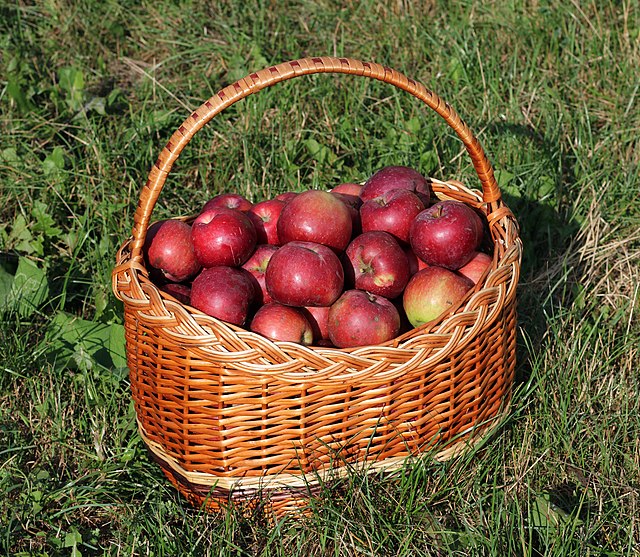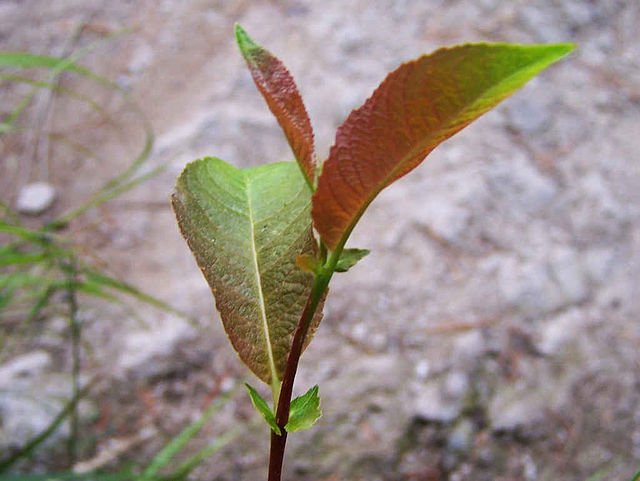Wicker is a method of weaving used to make products such as furniture and baskets, as well as a descriptor to classify such products. It is the oldest furniture making method known to history, dating as far back as 5,000 years ago. Wicker was first documented in ancient Egypt, then having been made from pliable plant material, but in modern times it is made from any pliable, easily woven material. The word wicker or "wisker" is believed to be of Scandinavian origin: vika, which means "to fold" in Swedish. Wicker is traditionally made of material of plant origin, such as willow, rattan, reed, and bamboo, though the term also applies to products woven from synthetic fibers. Wicker is light yet sturdy, making it suitable for items that will be moved often like porch and patio furniture. Rushwork and wickerwork are terms used in England. A typical braiding pattern is called Wiener Geflecht, Viennese Braiding, as it was invented in 18th century Vienna and later most prominently used with the Thonet coffeehouse chair.

A wicker basket filled with apples
Wicker basket, Egypt, New Kingdom, c. 1492–1473 BC
Rattan wicker basket, 1883
Willow wicker armchair, c. 1907–13
Willows, also called sallows and osiers, of the genus Salix, comprise around 350 species of typically deciduous trees and shrubs, found primarily on moist soils in cold and temperate regions.
Willow
At the base of the petiole a pair of stipules form. These may fall in spring, or last for much of the summer or even for more than one year (marcescence).
Young male catkin
Pollard willow and woodpile in the Bourgoyen-Ossemeersen, Ghent, Belgium








